NOTE: Attention to trim at different speed ranges. Maneuver setting (no external tanks): Flaps one notch down, trim one notch down.
CONTROLS:
AG 1: Drag Chute
AG 2: Jettison External Tanks
VTOL: Flaps Up/Down (Inverted)
Trim: Trim
With the disappointing performance of Socrux's early jet aircraft, development was continued on propeller-driven fighters for some time. Perhaps one of the most unique examples is the S.Ca. 137 Lince (Lynx). Powered by a large early turboprop engine driving contra-rotating propellers in a pusher configuration, it was intended primarily as a long-range escort fighter, with a secondary interceptor and strike role.
The Lince sits tall on the ground, with its vertical stabilizers protecting the propeller from striking the ground during takeoff or landing. When properly trimmed, its large canards grant it decent agility, though it is definitely not a turnfighter. Properly trimming it is a challenge though, and was the bane of many a test pilot during its flight testing.
It is armed with a rather respectable complement of four 30mm cannons on the nose and two .50 caliber MGs on the wings. Three main hardpoints are usually occupied by external fuel tanks, and weapons for strike missions (usually rocket pods) may be carried in eight smaller pylons which are usually either left empty or removed.
Initially, the Lince achieved its objective of out-performing the early jets of Socrux. Nevertheless, the rapid advancements in design meant that it was soon surpassed by far more capable aircraft. Furthermore, the Lince was a complex, troubled aircraft. The trimming issues, engine reliability concerns, and other issues plagued its development. The large, long nose precludes visibility somewhat, an issue that is only partially mitigated by tapering the nose down and adding an anti-glare panel. Maintenance was difficult due to the exceedingly tall landing gear. This combination of factors meant that the Lince never made it into operational service, with only a couple of prototypes being produced.
P.S.: I think I've been watching too much Sky Crawlers send help
Specifications
Spotlights
- Mustang51 5.4 years ago
- JPerero 5.4 years ago
- JohnnyBoythePilot 5.4 years ago
- Username2 5.4 years ago
- Noname918181818181818181 5.4 years ago
- UraniumOxide 5.4 years ago
- Advil 5.4 years ago
General Characteristics
- Created On Windows
- Wingspan 46.1ft (14.0m)
- Length 40.4ft (12.3m)
- Height 14.8ft (4.5m)
- Empty Weight 1,469lbs (666kg)
- Loaded Weight 11,887lbs (5,391kg)
Performance
- Horse Power/Weight Ratio 0.336
- Wing Loading 23.7lbs/ft2 (115.6kg/m2)
- Wing Area 502.2ft2 (46.7m2)
- Drag Points 4929
Parts
- Number of Parts 107
- Control Surfaces 10
- Performance Cost 549

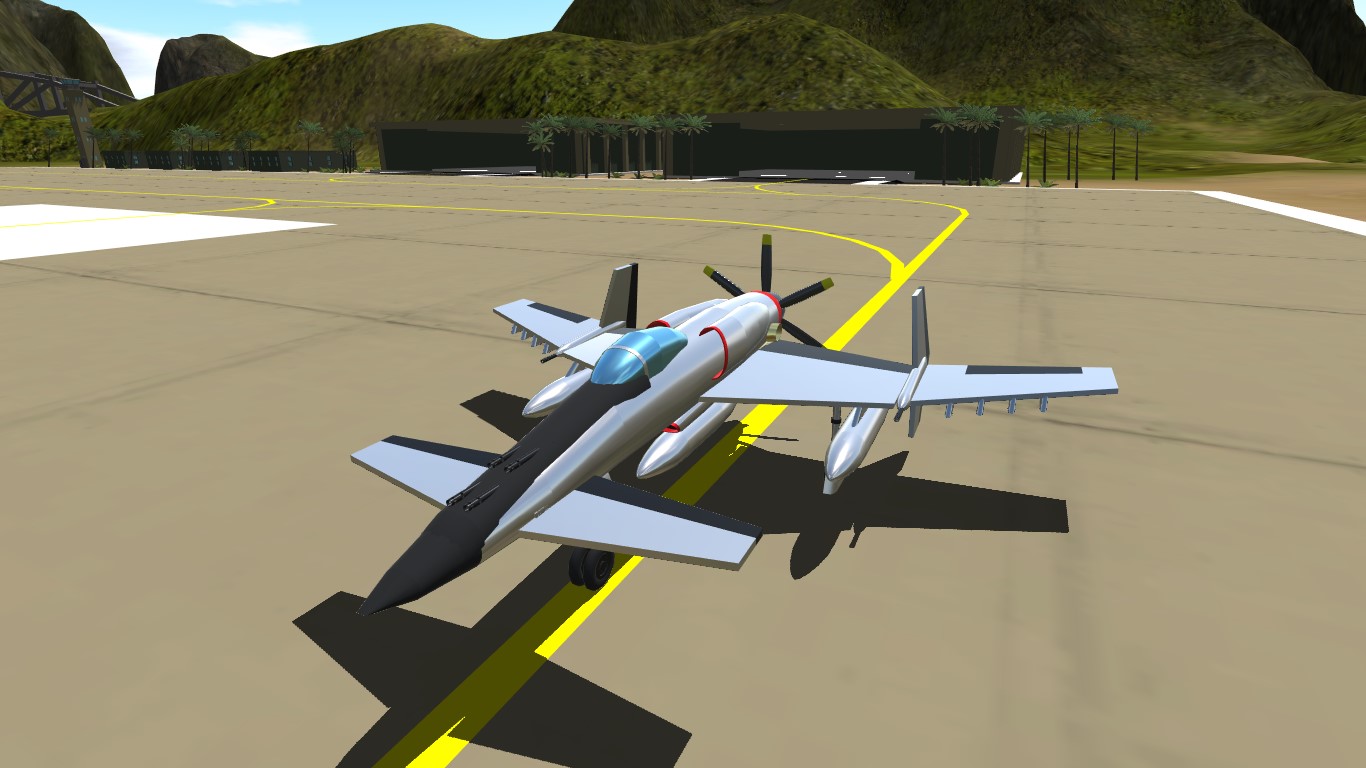
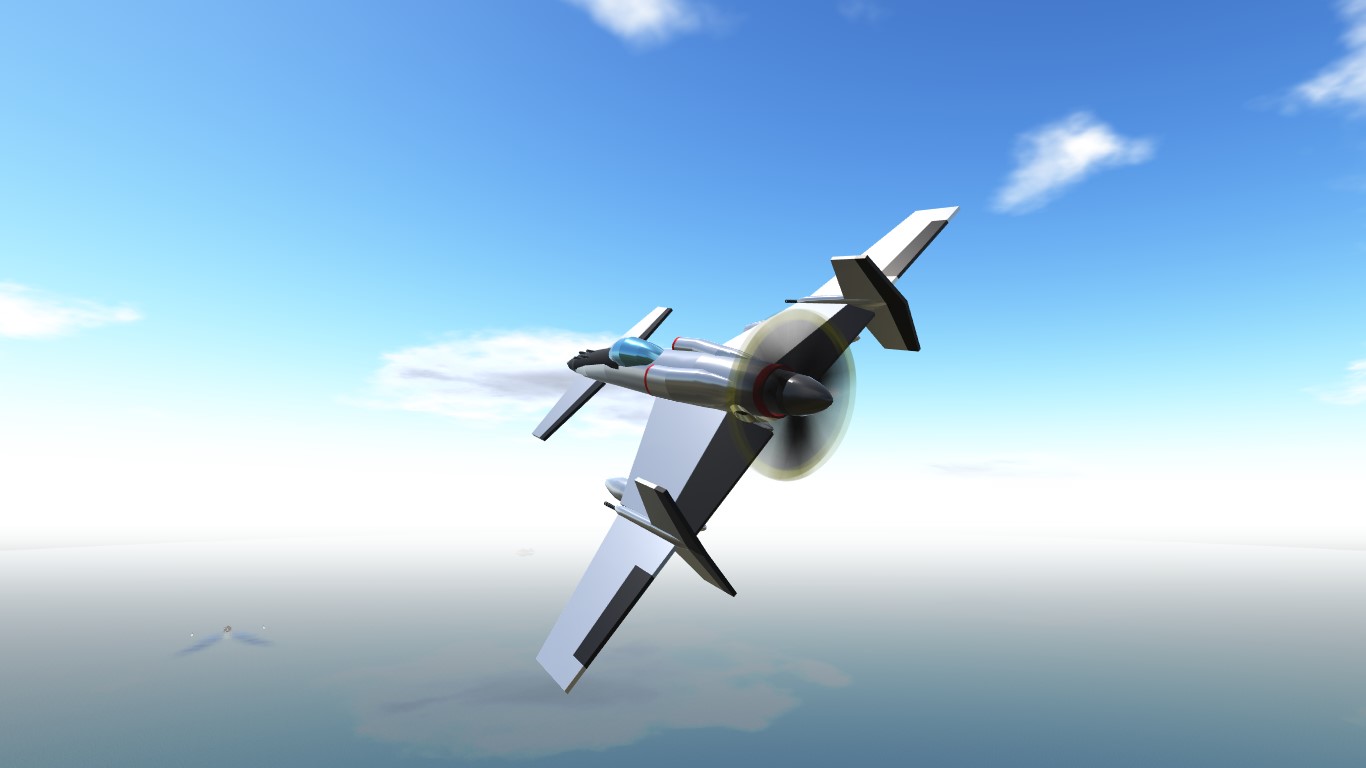
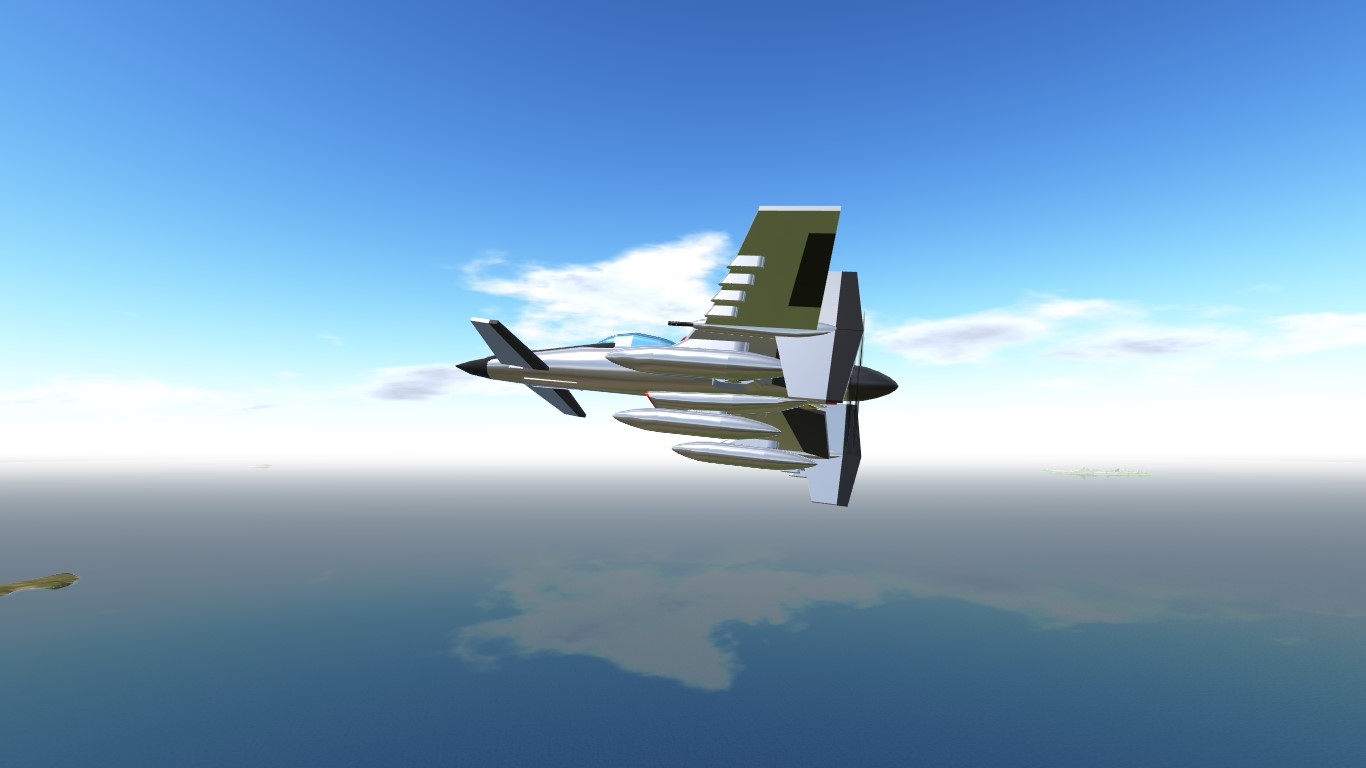
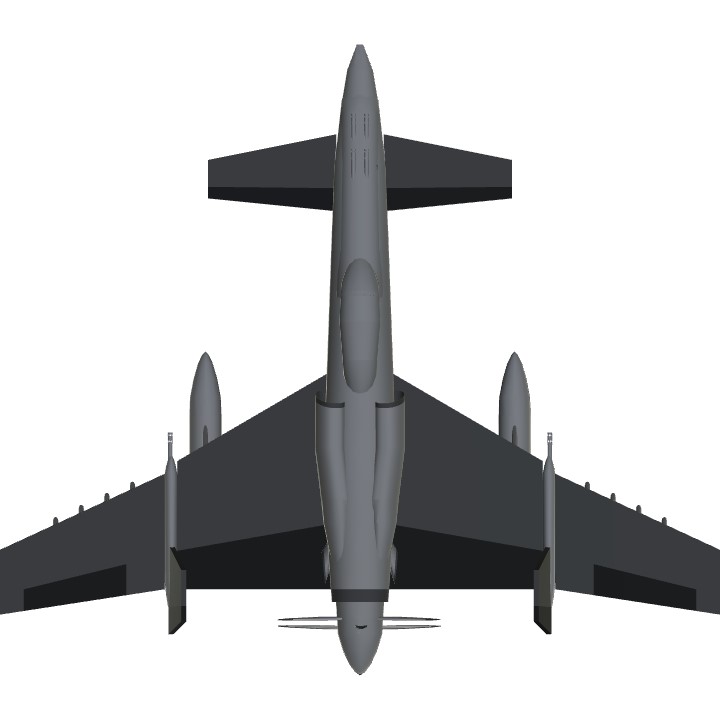

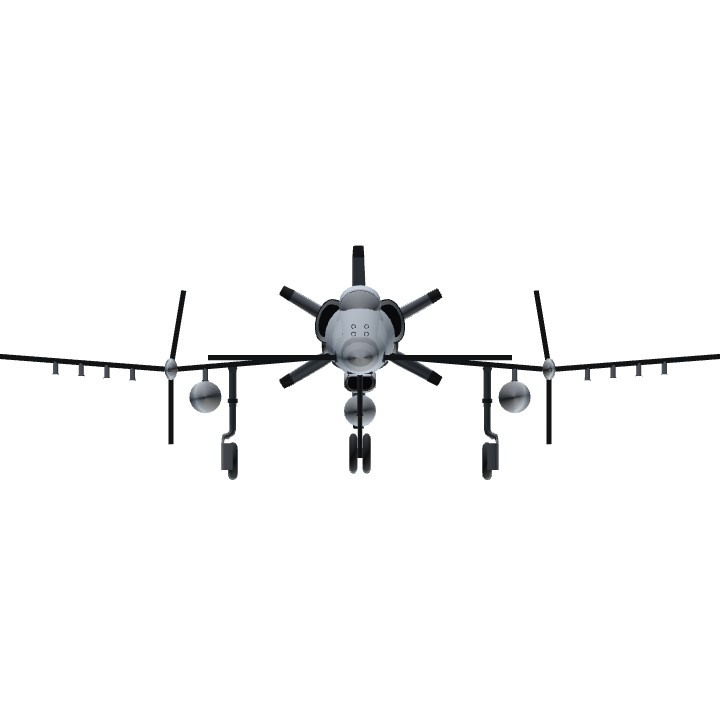
Cool
@FlyingHueman Np!
@Mustang51 oh yeah, simplicity has a beauty all of its own. Keep in mind though, that the lower part count is also due to the lack of things like custom landing gear, custom cockpit, etc., as these tend to add a lot of parts.
@Mumpsy I see, I suspected it was going to have something to do with airfoils, these have caused me much trouble in the past, lel. Thanks for the heads-up!
This is a very nice build. I love the style of a pusher prop with the wings at the rear too. I tried to make some myself but they never look as good as this. It’s also incredible that you used so few parts! It shows that more parts doesn’t necessarily mean the aircraft will look better.
@FlyingHueman I just made the canards flat bottom and the outer wings symmetrical. It doesn't change the flight dynamics too much and she stays very flat on the horizon.
@Mumpsy just a disclaimer, it's one of my older birds and I didn't bother messing around with it much before posting. But please do, I'd love to know and would really appreciate it. Glad you liked it, btw!
I like it. I am a fan of the push prop planes. I have some advice on how to make her fly more level if you want to know. Two simple adjustments will make it fly level.